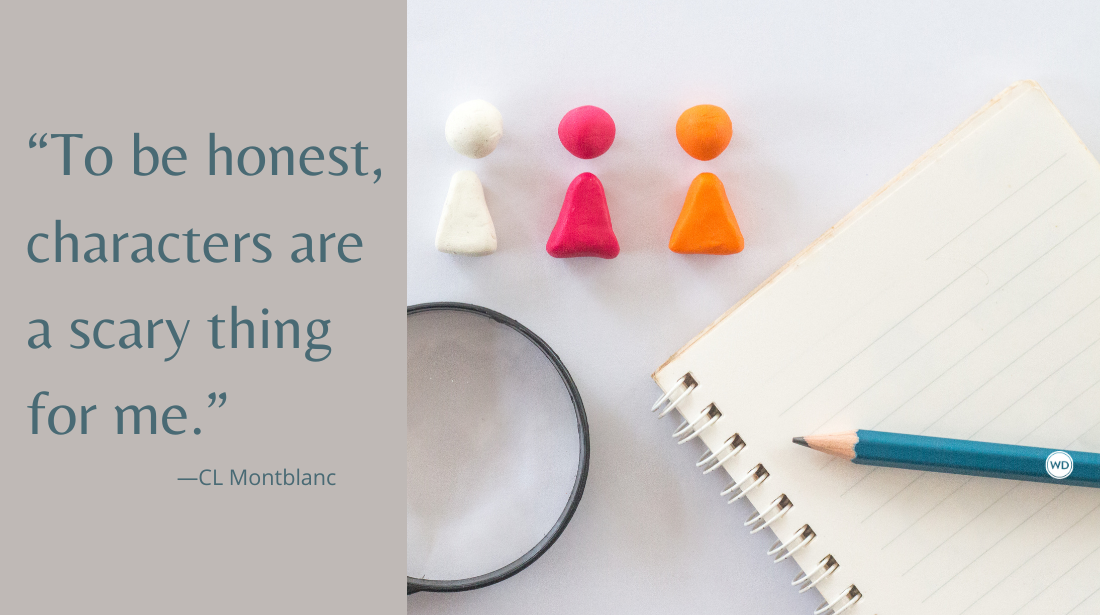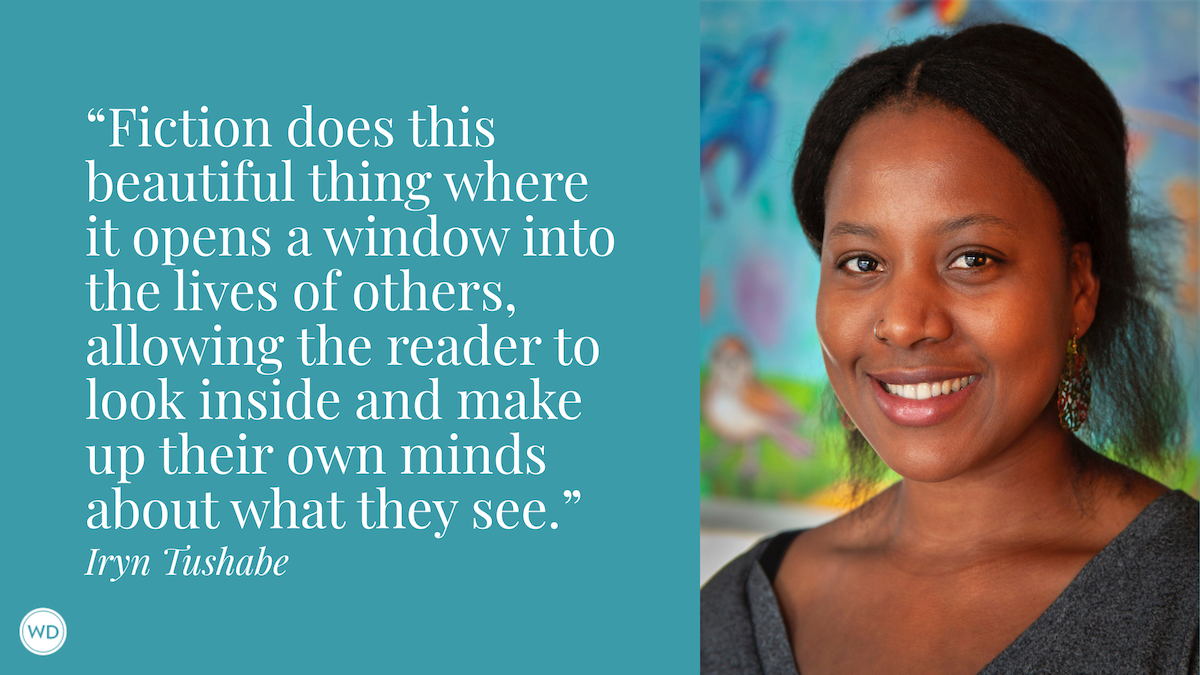The 5-Step Process for Reworking a Classic Story
Learn bestselling author MarcyKate Connolly’s five-step process for reworking a classic story, including her “fairy tale flip chart.” While these lessons are sure to be a great fit for plotters, it should help out pantsers as well.
Growing up, I loved reading classic stories. My parents had shelves built into one wall of our living room that were filled with books. History, science, poetry, and old collectors' editions of Poe, Dickens, and Shakespeare. My absolute favorite was a 12-book set of fairy tales from around the world that my mother had as a little girl. Just opening them let off that wonderful old-book smell and the colorful illustrations on the end papers and between stories captured my imagination. I spent many a rainy afternoon curled up on the couch letting those books fill my senses.
It's no small wonder that as an adult I've taken to writing retellings. The opportunity to rework one of my favorite classic tales into something new of my own is much too tempting. My most recent book, Twin Daggers, a YA fantasy novel out from Blink YA on August 25, is a retelling of Romeo + Juliet, if Juliet and her twin sister were magic wielding spies set in a world of magic versus machines.
Writing any book isn't an easy task, and retellings are no exception. However, one nice thing about writing a retelling is that the basic plot structure is already set out for you. It's a skeleton that you can flesh out and dress up however you like. Over the years I've developed a process for how I approach reinventing a classic into a new story.
The steps below are what work for me, but bear in mind that I'm very much a plotter, so my brain naturally wants to make this process somewhat methodical. (There are, I have no doubt, other ways to go about this for pantsers, but I suspect it would be useful to at least have some sort of guideposts.)
1. Re-read the original.
Once for pleasure, then a second time to tease out each major plot point. I realize this seems simplistic, but I urge you not to skip this! Oftentimes I find little details I'd forgotten in the re-read that spark something intriguing.
2. Make a list of the major plot points, characters, and themes.
I like to use a chart I created that I call the "Fairy Tale Flip" (see image below). I've used this template in writing workshops with students and adults. I usually use "The Three Little Pigs" as a demonstration and it's always a fun and creative exercise. The chart has the plot point breakdown of the original story on the left and the retelling on the right to simplify mapping your new plot and characters onto the old.
3. Dig deeper into the characters.
Consider the original main character. What qualities do you want to keep? Which ones might you want to subvert? How are yours different, and how are they alike? What about supporting characters? How might they fit (or not) into the new story you're envisioning?
4. Consider theme and motif.
Don't feel you need to include all that were in the original. Pick and choose the ones that will enhance your new story the most and weave them in as appropriate. For example, when writing Twin Daggers, I decided to leave behind the theme of Fate, but included the theme of Love being deadly.
5. Draft your story!
Definitely the most important part of the process.
And there you have it! As I mentioned, if you're more of a pantser than a plotter like me, you may need a different approach. I know some pantsers who draft first then use a more structured technique like the above during revision to ensure they hit the right beats. There is no wrong way to write a book, it all depends on your preferred process as a writer and your story idea.
*****
If you want to learn how to write a story, but aren't quite ready yet to hunker down and write 10,000 words or so a week, this is the course for you. Build Your Novel Scene by Scene will offer you the impetus, the guidance, the support, and the deadline you need to finally stop talking, start writing, and, ultimately, complete that novel you always said you wanted to write.
MarcyKate Connolly is a New York Times bestselling children's book author and nonprofit marketing professional living in New England with her family and a grumble of pugs. She can be lured out from her writing cave with the promise of caffeine and new books. Twin Daggers is her debut young adult novel, and she's also the author of several middle grade fantasy novels including Monstrous and Ravenous, and the Shadow Weaver series. You can visit her online at www.marcykate.com.








